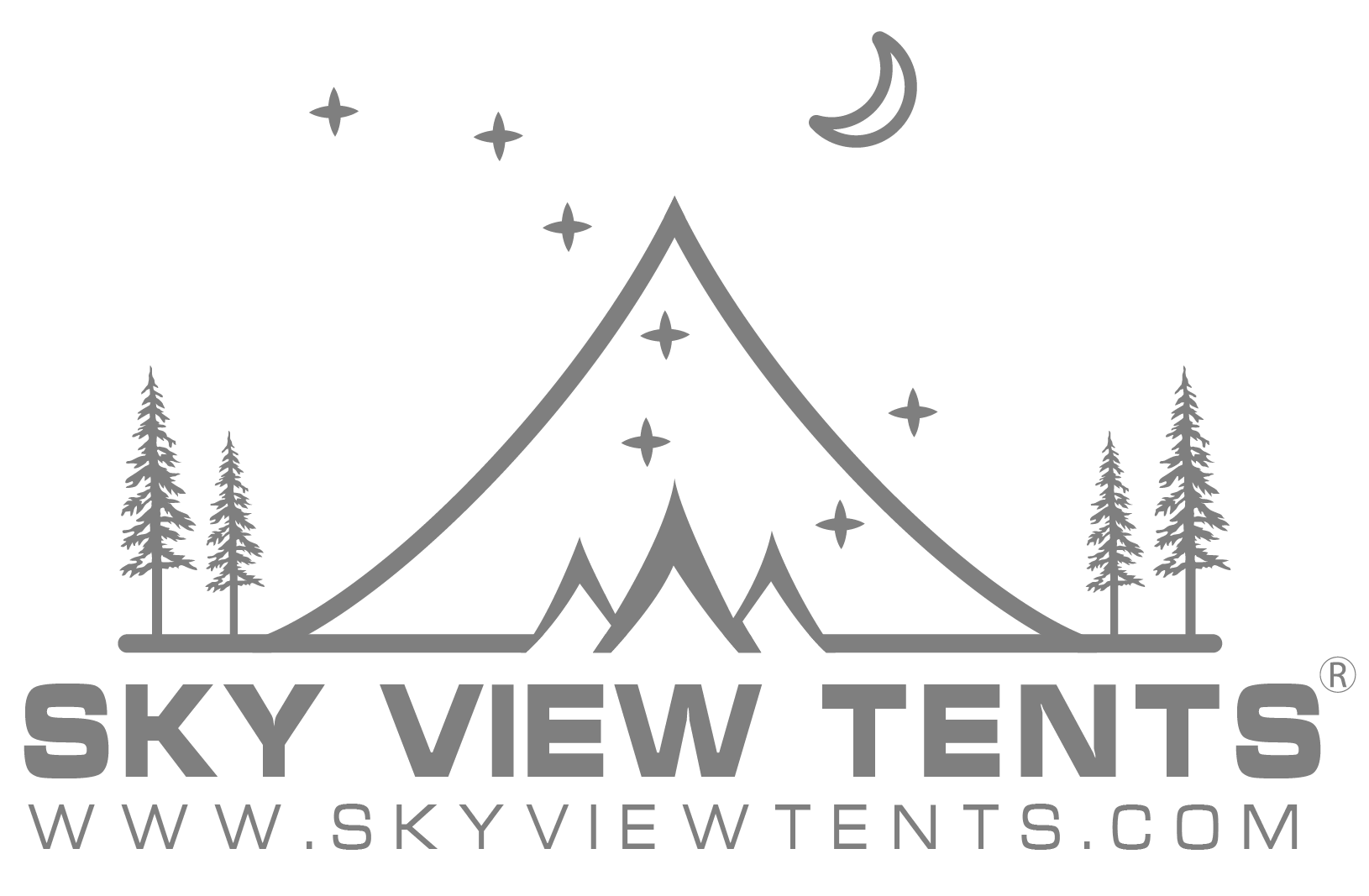It’s March, and Winter is finally loosening its grip! With the Spring Equinox on March 20, Spring is literally just around the corner. As the days grow longer and temperatures begin to rise, it’s the perfect time to start planning your next stargazing adventure.
Securing a prime dark sky camping spot, however, can be challenging, especially with the higher demand in summer, Internet bots snatching up reservations, overcrowded sites, and costly third-party booking services.
With a bit of strategy and preparation, and an early start in March, you can lock in a campsite for an unforgettable celestial experience. Whether you’re a seasoned stargazer or a beginner looking to catch the Milky Way after a day of rafting, here are some tips to help you secure the best sites with minimal hassle.
1. Start Planning Your Dark Sky Camping Trip Early
March is a good month to plan a dark sky camping trip. It gives you a head start on finding and booking reservations for spots months in advance, often long before other campers. In some cases, you can even get out in March for some early spring camping, weather permitting. The south and southwest U.S. are definitely warming up nicely and rarely have sub-freezing nights the way they might have in January and February.
More importantly, since March is technically a ‘bubble’ month and often has unpredictable weather, it’s actually a great month to do a lot of your outdoor dreaming and planning for upcoming trips.
If you do end up camping in March, you can definitely count on clearer skies should the weather cooperate, and there is far less competition for desirable camping locations. Regardless, by planning early, you can take full advantage of these benefits and ensure a memorable stargazing adventure.
2. Know When Reservations Open
If you want to grab the best dark sky camping spots, you need to understand the timing of reservations. Many national and state parks open their reservations months in advance, so March is still a great time to secure a spot ahead of other eager campers.
-
Set Calendar Alerts: Research your desired campground’s reservation opening dates and set reminders for when spots become available.
-
Use Multiple Platforms: Check both national and state park reservation websites. Some locations use Recreation.gov, while others have their own systems, such as TheDyrt, ReserveAmerica or state park-specific portals.
-
Be Flexible with Dates: If possible, have a range of dates in mind instead of fixating on one specific weekend. This increases your chances of finding availability.
-
Join Waitlists: Some campgrounds offer waitlists for cancellations. Sign up and be ready to grab a spot if one becomes available.
-
Leverage Alternative Systems: Public lands managed by the Bureau of Land Management (BLM) or the National Forest Service often have first-come, first-serve options or dispersed camping, which can be excellent alternatives to competitive national park spots.
3. Strategic Midweek Booking and Shoulder Season Advantages
One of the best ways to increase your chances of booking a great dark sky camping site is by avoiding peak times. Weekends are the most competitive, but midweek bookings (outside holiday weeks like July 4th) and shoulder season camping offer distinct advantages:
-
Less Competition: Most campers plan long weekend trips, so Tuesday to Thursday has higher availability.
-
Lower Costs: Some campgrounds charge lower fees for weekday reservations.
-
Fewer Crowds: A quieter environment allows you to enjoy the night sky without distractions.
-
Better Wildlife Encounters: With fewer people around, you’re more likely to see nocturnal wildlife, adding another layer to your stargazing and outdoor adventure.
4. Alternative Dark Sky Camping Destinations
If securing a spot at popular dark sky parks like Bryce Canyon or Big Bend proves difficult, consider hidden gems that offer exceptional stargazing without the crowds. Here’s where to look:
-
Bortle Scale Class 2-3 Locations: The Bortle Scale measures light pollution, with Class 1 being the darkest. Seek out state parks, national forests, or BLM land with Class 2-3 ratings for near-pristine night skies.
-
Lesser-Known National Forests: Areas like Gila National Forest in New Mexico or the Sawtooth Wilderness in Idaho provide dark skies with fewer visitors.
-
Dispersed Camping on BLM Land: Many BLM areas allow free dispersed camping, meaning you can find a secluded spot without competing for reservations.
-
Local Observatories with Public Land Nearby: Some observatories are located in dark sky areas and have nearby camping opportunities. Check if there are public lands adjacent to these locations for an optimal stargazing trip.
5. Connect with Dark Sky Communities
Have a mind to go to a new part of the country to find some dark sky camping hot spots? Why not tap into a local DarkSky or astronomy group on Facebook or other platforms? Connecting with a member of a local group can provide insider information on locations that aren’t widely publicized. Here’s how:
-
Engage with Amateur Astronomy Clubs: Many local clubs host regular stargazing events and are happy to share recommendations.
-
Check for DarkSky International Chapters: Formerly known as the International Dark-Sky Association (IDA), this organization has local chapters that can guide you to lesser-known dark sky sites.
-
Attend Star Parties: These gatherings, hosted by astronomy organizations, often take place in prime dark sky locations and provide opportunities to meet experienced stargazers who can offer tips.
Conclusion
March is a great time to start planning your spring and summer dark sky camping adventures! By securing reservations early, you can increase your chances of experiencing a breathtaking night under the stars.
Happy stargazing! 🌌






